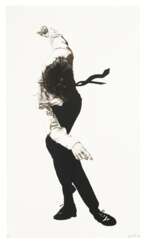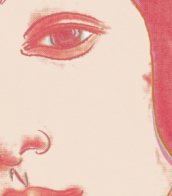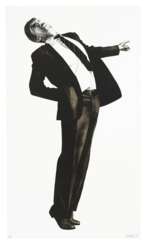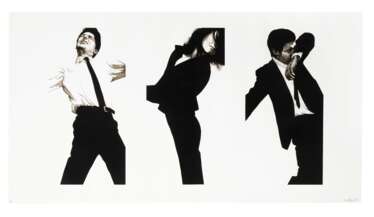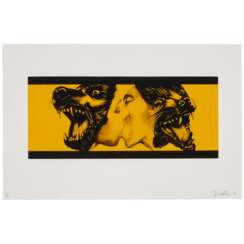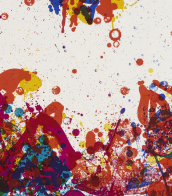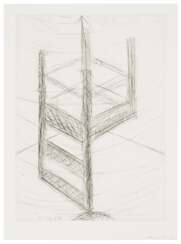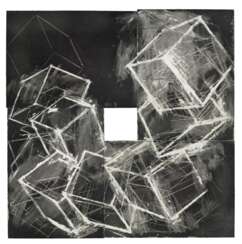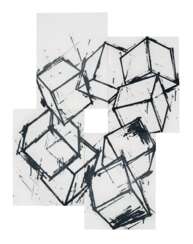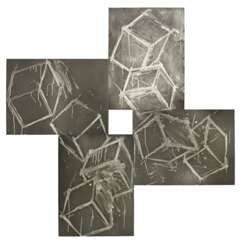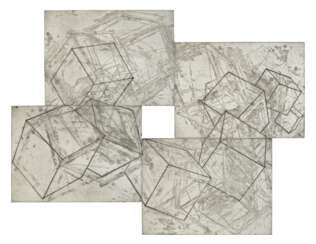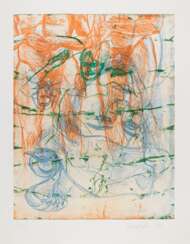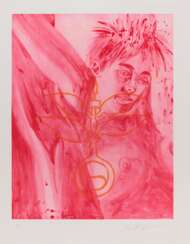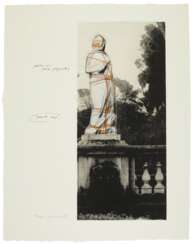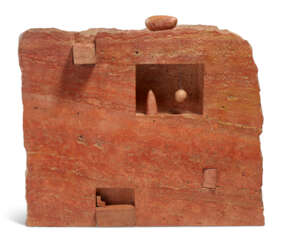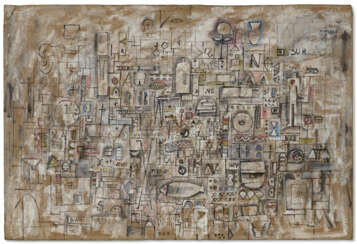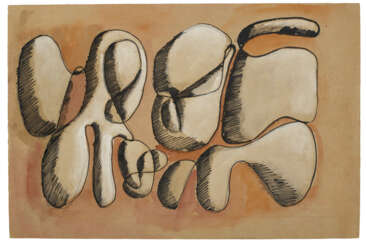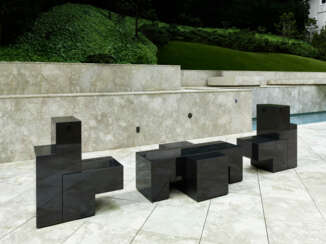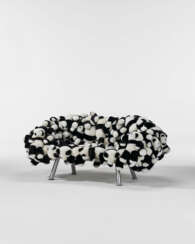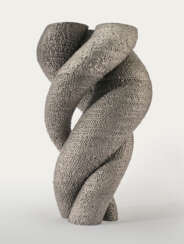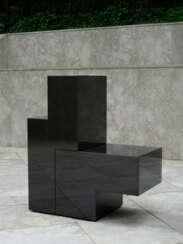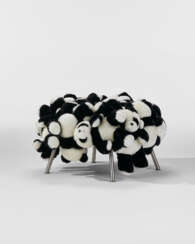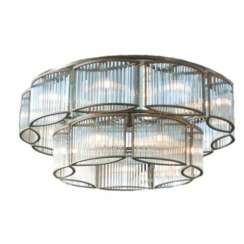постмодерн

Christo Yavashev is a Bulgarian-born American sculptor and artist who, with his wife Jeanne-Claude de Guillebon, became famous for his work, in which he «packaged» objects ranging from a typewriter and a car to the Reichstag building and an entire seashore.
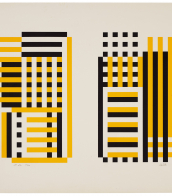
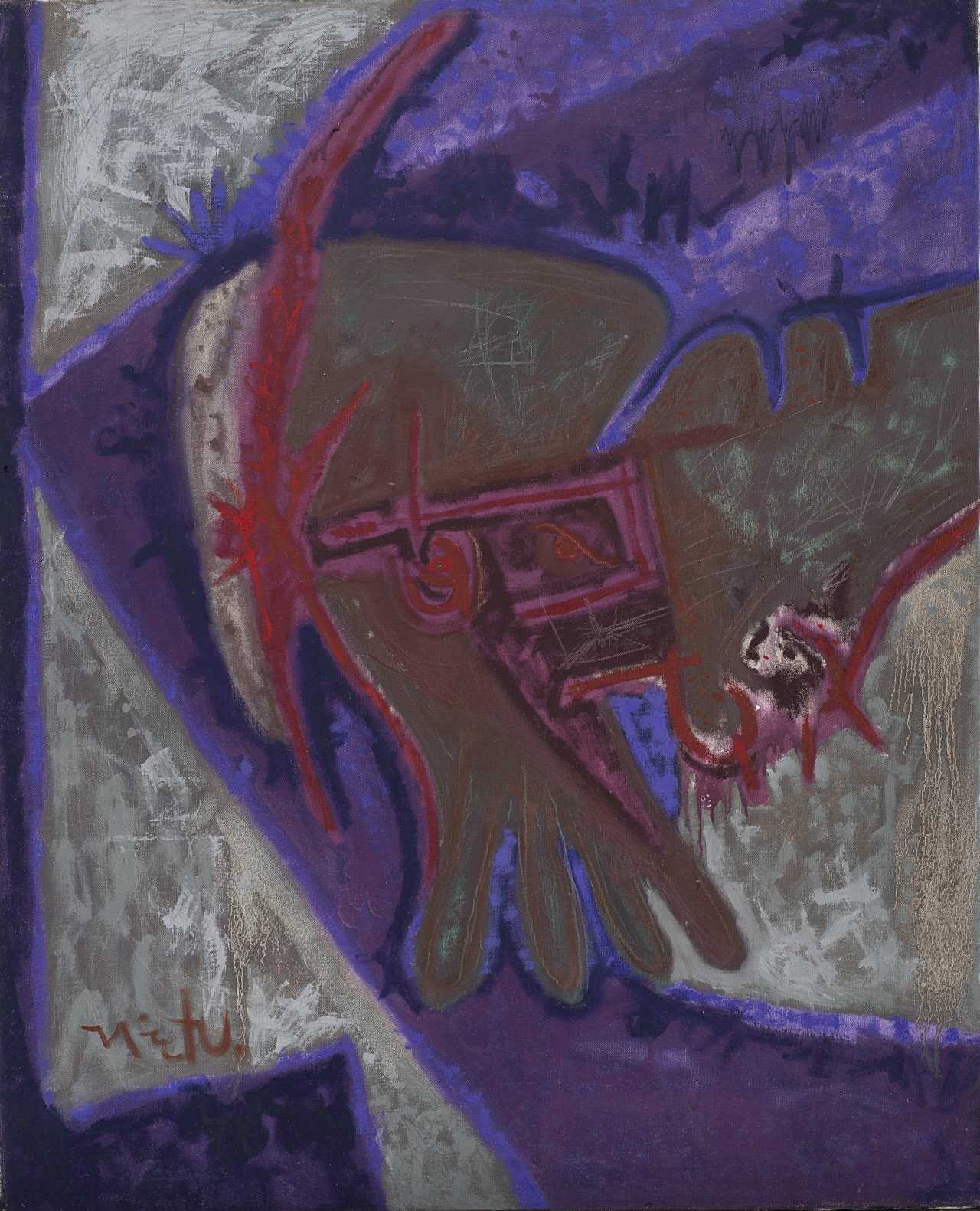
Rodolfo Nieto was a Mexican painter of the Oaxacan School (apprenticed under Diego Rivera, later served him as an assistant).
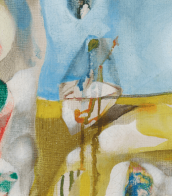
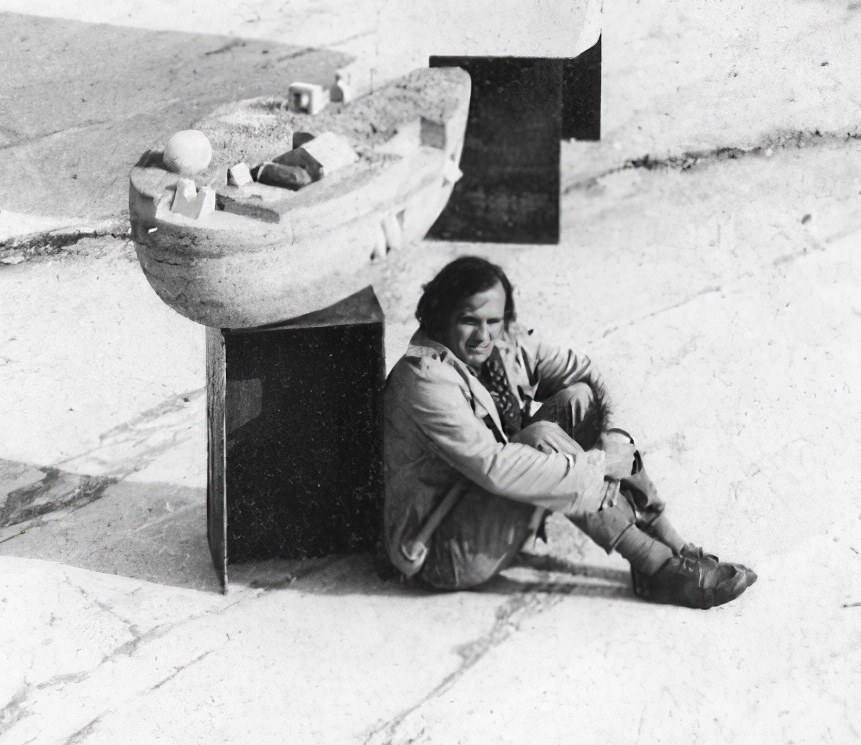
Gonzalo Fonseca was a Uruguayan artist known for his stone sculpting. He originally studied to be an architect at the University of Montevideo, but discovered modern art in 1942 after working in the Taller Torres-Garcia workshop. He studied painting in the workshop until 1949, and became interested in pre-Columbian art during that time. Fonseca is frequently associated with the movement Universal Constructivism.

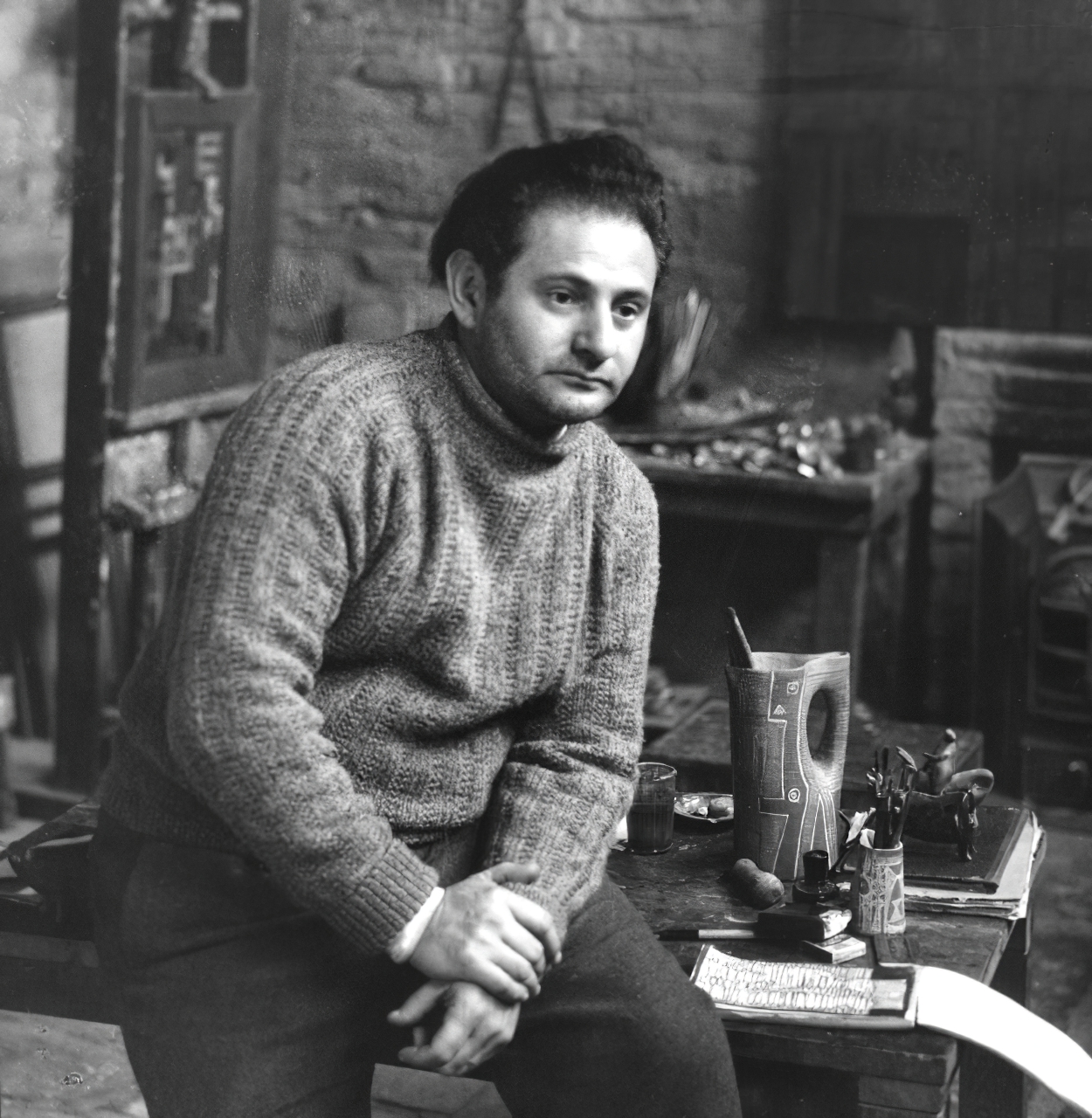
José Gurvich was a Uruguayan painter, potter, musician and a key figure in the Constructivism Art movement.

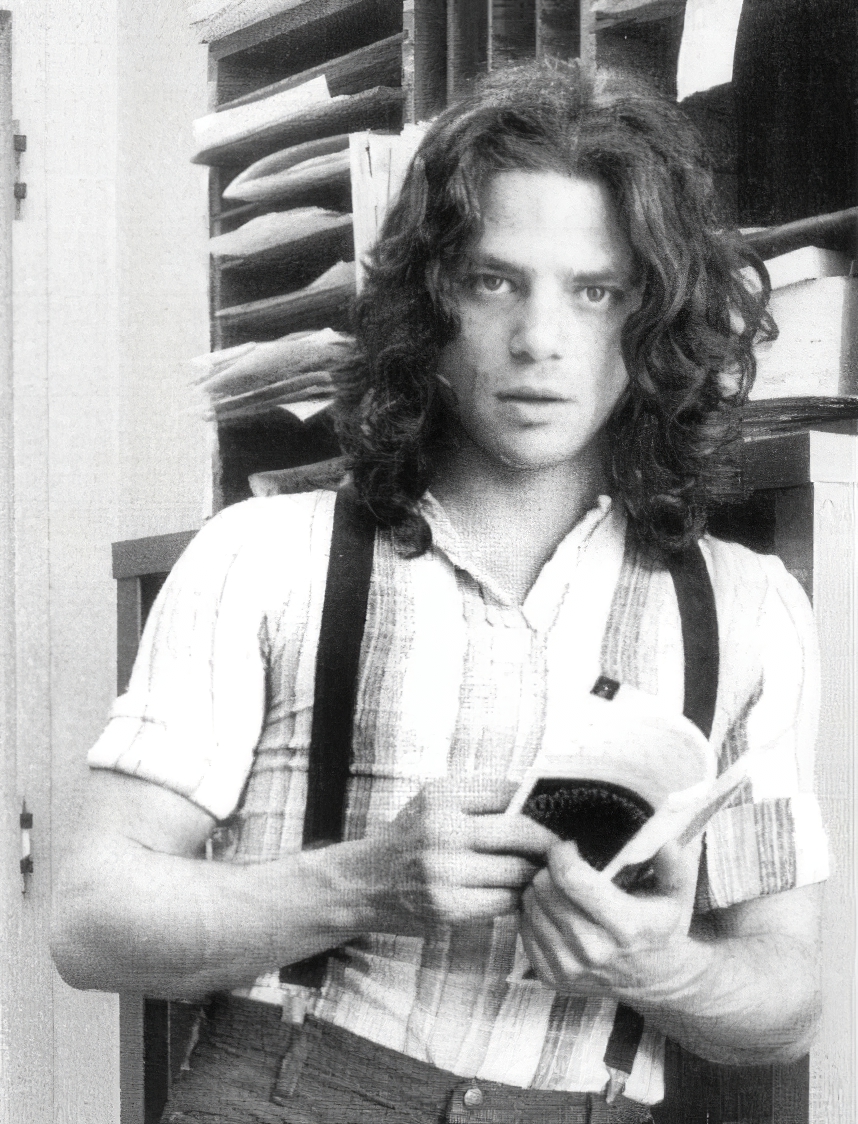
Scott Burton was an American sculptor and performance artist best known for his large-scale granite and bronze furniture sculptures.
Burton's work was aimed at blurring the boundaries between art and functional objects. He challenged the traditional notion of sculpture as an object to be admired from a distance, creating sculptures designed for audience interaction and use. His work often incorporated elements of furniture and architectural design, combining art with the practical aspects of everyday life.
Burton's approach to art was influenced by his interest in minimalism and the conceptual art movement. He believed that art should not be confined within the confines of galleries and museums, but should exist as part of the everyday environment. By integrating his sculptures into public spaces, Burton sought to change viewers' perception of both the artwork and the environment.
Translated with www.DeepL.com/Translator (free version)
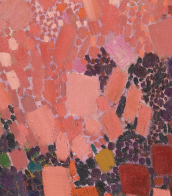

Scott Burton was an American sculptor and performance artist best known for his large-scale granite and bronze furniture sculptures.
Burton's work was aimed at blurring the boundaries between art and functional objects. He challenged the traditional notion of sculpture as an object to be admired from a distance, creating sculptures designed for audience interaction and use. His work often incorporated elements of furniture and architectural design, combining art with the practical aspects of everyday life.
Burton's approach to art was influenced by his interest in minimalism and the conceptual art movement. He believed that art should not be confined within the confines of galleries and museums, but should exist as part of the everyday environment. By integrating his sculptures into public spaces, Burton sought to change viewers' perception of both the artwork and the environment.
Translated with www.DeepL.com/Translator (free version)
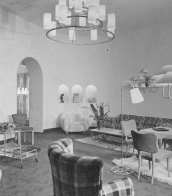
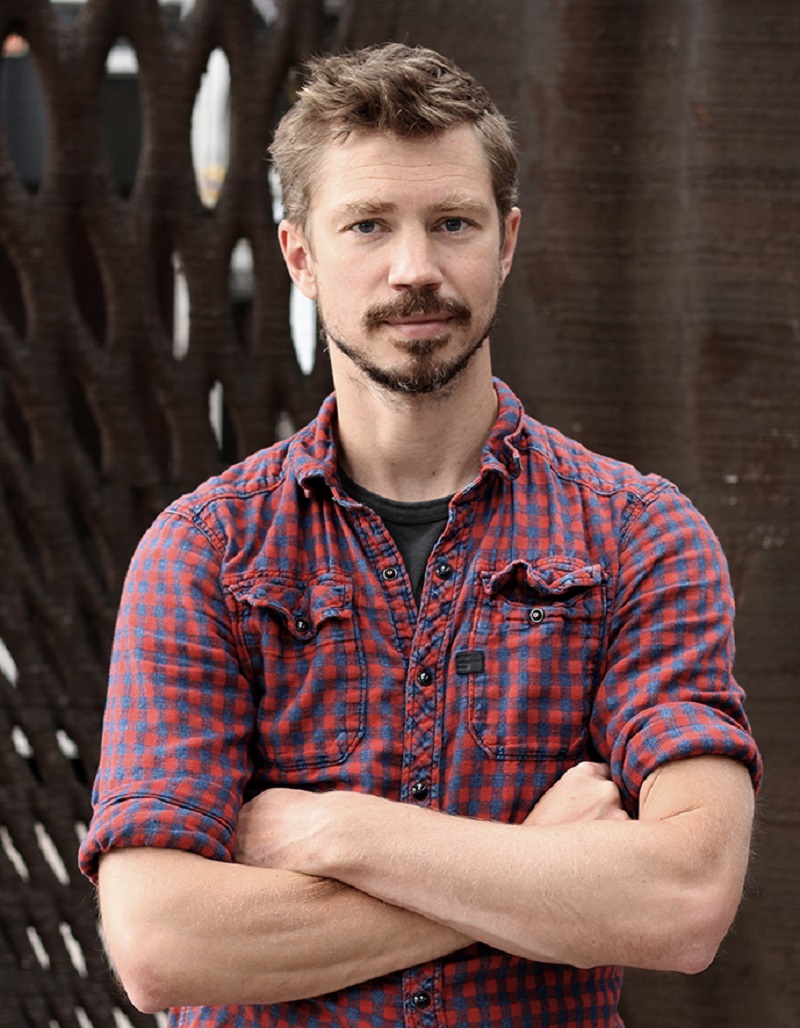
Joris Hendricus Laarman is a contemporary Dutch designer, artist and entrepreneur known for his interdisciplinary approach that combines art, design and technology. He is internationally recognised for his pioneering creations in various fields, including furniture design, architecture and experimental production methods.
Joris Laarman studied at the Eindhoven Academy of Design. During his studies, he co-founded an experimental design collective called Lab, which aimed to challenge traditional design methodologies and explore the possibilities offered by digital production technologies.

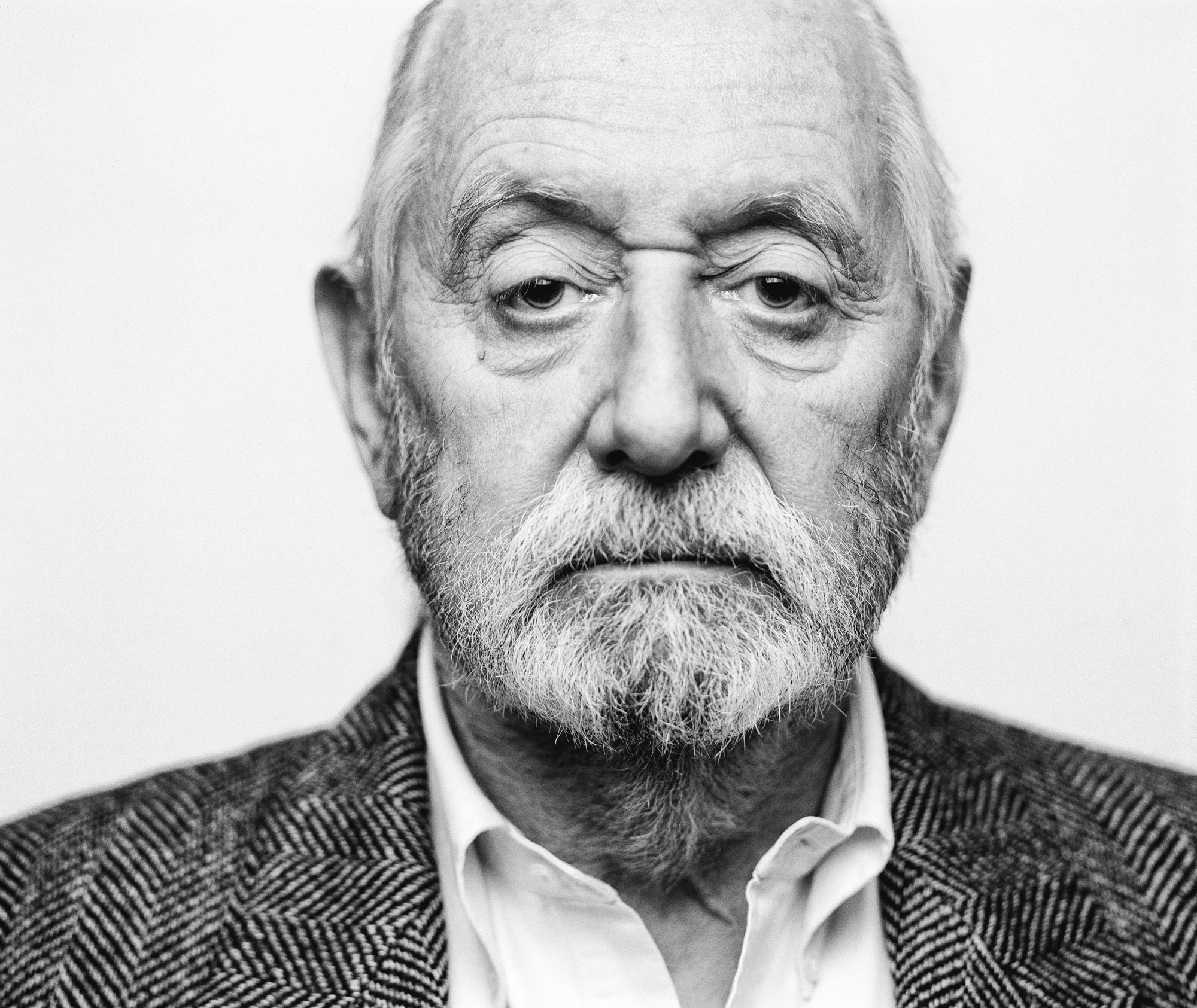
Ettore Sottsass was a 20th century Italian architect, noted for also designing furniture, jewellery, glass, lighting, home and office wares, as well as numerous buildings and interiors — often defined by bold colours.


Scott Burton was an American sculptor and performance artist best known for his large-scale granite and bronze furniture sculptures.
Burton's work was aimed at blurring the boundaries between art and functional objects. He challenged the traditional notion of sculpture as an object to be admired from a distance, creating sculptures designed for audience interaction and use. His work often incorporated elements of furniture and architectural design, combining art with the practical aspects of everyday life.
Burton's approach to art was influenced by his interest in minimalism and the conceptual art movement. He believed that art should not be confined within the confines of galleries and museums, but should exist as part of the everyday environment. By integrating his sculptures into public spaces, Burton sought to change viewers' perception of both the artwork and the environment.
Translated with www.DeepL.com/Translator (free version)

